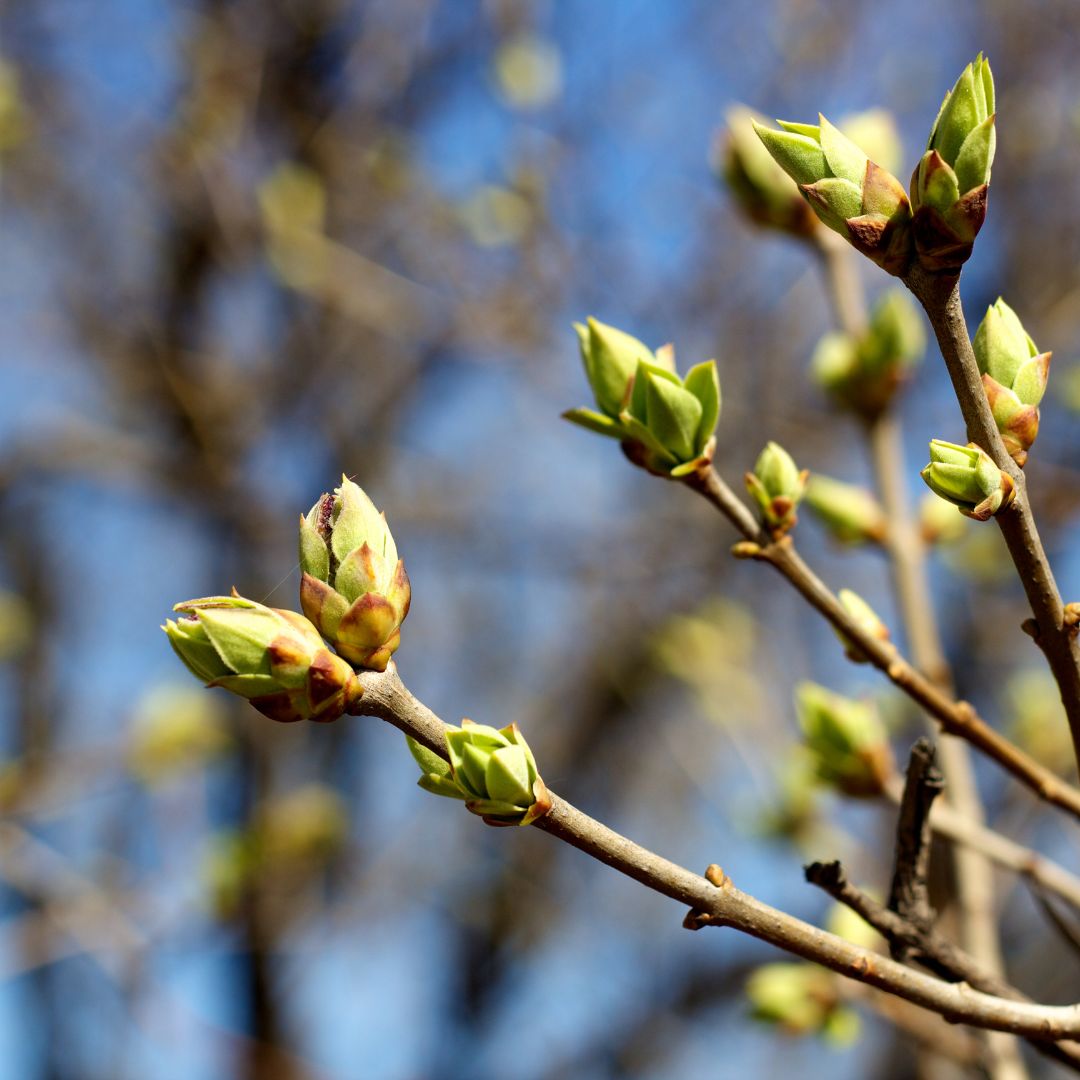
April Gardening To-Do’s
April is here! There are signs of spring popping up everywhere you look. Early bulbs have emerged, trees are showing new buds, and perennials are
Though commonly called “black olive trees,” the Combretaceae is a native of the upper Florida Keys is not the edible olive we know and love even though it does produce a small, black seed-capsule. Black olive is a 40- to 50-foot-tall evergreen tree, in some zones, with a smooth trunk holding up strong, wind-resistant branches. They form a pyramidal shape when young but develop a very dense, full oval-to-rounded crown with age. Sometimes, the top of the crown will flatten with time and the tree can grow horizontally. The lush, dark blue-green, leathery leaves are two to four inches long and clustered at branch tips and can be mixed with the 0.5 to 1.5-inch spines found along the branches.
Lighting: Full sun – its natural environment is the hottest parts of Florida and the Caribbean. They like the sunlight.
Tempurature: Do not expose to freezing weather or temps below 40 degrees.
Watering: Likes to be well-watered and should not be permitted to dry out.
Feeding: Likes frequent fertilization which promotes vigorous growth.
Pruning & Wiring: New shoots need to be shortened only by a little. It is best to pinch them back. In nature, the Bucida is generally windswept which makes this an excellent choice for bonsai style. The plant’s natural growth makes it ideal for bonsai. It changes direction at every internode, at a bend of 25-35 degree, which can be incorporated into the styling.
Propagation: Propagate from cuttings as seeds are difficult to germinate. To do so, hardwood won’t work even under a mist system. Softwood will but one rarely gets a softwood cutting that is longer than 2 inches.
Propagation From Seed: The tiny black olive flower progresses to green seeds, then tan and then brown in about 2 months. Gather the seeds as soon as they fall for they are more vital and willing to germinate in the first ten days after they ripen. Seeds should be planted in large community pots in a well-drained mixture of vermiculite, peat, and loam, and allowed 25-35 days for germination. Be patient for they grown very slowly. When they are two inches tall, transplant them from the community pot to individual pots. Cover each pot with a plastic bag for 5 days and put them in the shade. Keep in the shade for 3-4 weeks being careful to keep them moist but watching them for mildew. Once they are growing well and you wish to grow them faster and taller than their usual 2 inches a year, bend down the branches lower than the growing tip. (“Florida Bonsai.” Magazine. Page 20, Vol 4, No. 4)
Repotting: Repot in late winter, prune roots only moderately. Use a fast-draining bonsai soil with a high sand and lime content.
Pests & Diseases: No pests or diseases are of major concern but occasionally bothered by sooty mold and bark borer. Eryphide mites cause galls but no control is needed.
Please let us know what other questions or concerns you may have. We’re happy to help!

April is here! There are signs of spring popping up everywhere you look. Early bulbs have emerged, trees are showing new buds, and perennials are

Spring is here and you know what that means. The 2024 gardening season is about to be in full swing here in our Colorado climate!

It’s nearly spring and we hear you! You’re ready for warm weather and colorful landscapes. Those early spring blooms are a bright, wonderful sign of

It’s a new calendar year and that means it’s time to dive into the new houseplant trends for 2024! There are some exciting new things